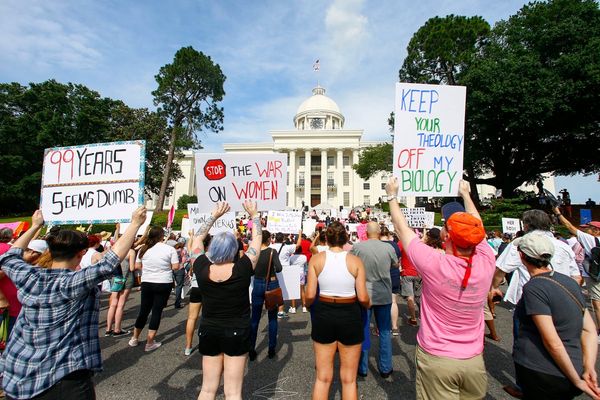Ten years after it was first introduced, the Kerala Small Hydropower Policy is in for a thorough overhaul with the State government hoping to make the sector attractive to investors.
While revising the policy, the basic thrust will be on simplifying procedures, particularly those related to mandatory clearances, and encouraging new investor groups, including local bodies, profit-making public sector units and cooperative institutions, to take up small hydropower projects, according to the Energy Management Centre (EMC), the agency tasked with the preparation of the policy.
A recent stakeholder consultation organised by the EMC highlighted the need for an efficient single-window clearance mechanism, active involvement of the government/EMC in procuring clearances, preparing detailed project reports (DPR) before tendering the work and making available cost-effective project designs.
The Small Hydropower Policy is applicable to projects with installed capacities of up to 25 MW. Under the 2012 policy, projects identified by the government or State-run agencies such as the Kerala State Electricity Board (KSEB), Agency for New and renewable Energy Research and Technology (ANERT) or EMC, which are not reserved for development by the KSEB, will be assigned to private developers as independent power projects or captive power projects through a competitive bidding route in the Build, Own, Operate, Transfer (BOOT) mode for 30 years from the date of allotment. The EMC is examining whether the BOOT period can be extended to 40 or 50 years, EMC director R. Harikumar told The Hindu.
While small hydropower is billed as a key requirement in achieving self-sufficiency in internal power generation in Kerala, the fact remains that the sector has failed to make serious headway. Difficulties in procuring clearances, especially those linked to forest lands, have been a limiting factor. There are several instances of projects overshooting their estimated costs and deadlines or being abandoned after allotment.
A Ministry of New and Renewable Energy (MNRE) estimate says Kerala has the potential to generate 650 MW from small hydropower projects. The actual capacity achieved by the State -- KSEB, EMC and IPP projects combined -- is 260 MW. The Kerala Small Hydropower Policy, 2012, had set a goal of commissioning an additional capacity of 150 MW from small hydropower by 2017. However, only 50 MW from eight projects materialised after the policy was introduced, Mr. Harikumar said.
Out of 53 projects allotted through the small hydro projects (SHP) cell in 2002, only four are operational. Twenty-nine projects were abandoned. Seven projects could not be taken forward as they were not cleared by the Forest department. Thirteen of the projects are in their initial stages. On another front, tendering process has started for 68 new projects.
Thus far, local bodies have shown scant interest in small hydropower power. Only the Palakkad and Idukki district panchayats and the Mankulam grama panchayat have implemented projects, according to EMC data.
The process of revising the policy is expected to take eight months to one year. In giving a final shape to it, the opinions and suggestions of various government departments also will be sought, EMC officials said.







